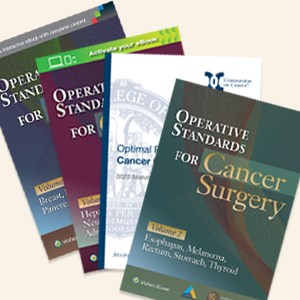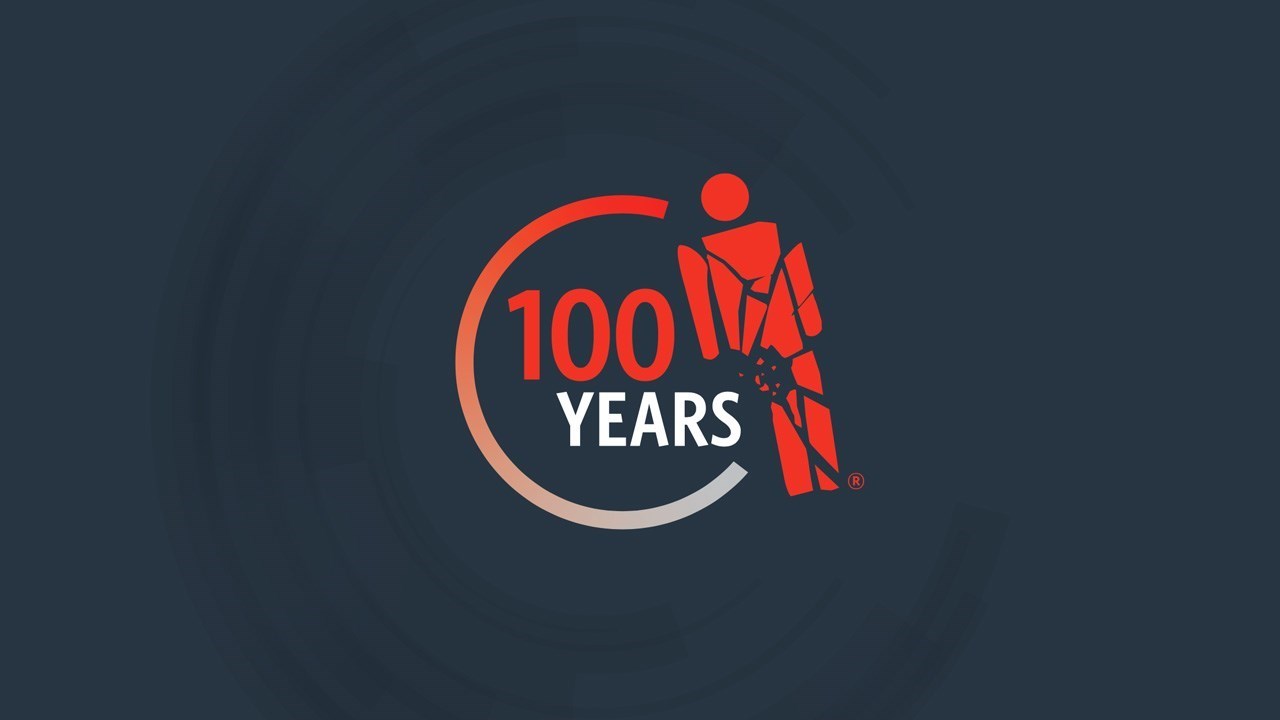The proceedings from the second ACS Medical Summit on Firearm Injury Prevention, held in September 2022 at ACS headquarters, were published online in the Journal of the American College of Surgeons (JACS).
Representatives from 47 organizations, including the ACS, convened for the summit, making it one of the largest gatherings of medical and injury prevention professionals on this issue.
Scope of the Problem
The inaugural Medical Summit on Firearm Injury Prevention took place in 2019. Since then, levels of violence have continued to increase in the US—firearm-related deaths increased 28.4% during the first year of the COVID-19 pandemic, and non-fatal firearm injuries increased 34.2% during the same period.* Further, firearm-related injury has now eclipsed motor vehicle fatalities as the leading cause of death in the US for children and adolescents, age 1 to 19 years.†
To renew efforts addressing this ongoing public health crisis, leaders of the ACS, American College of Physicians, American College of Emergency Physicians, American Academy of Pediatrics, and the Council of Medical Specialty Societies cohosted the summit, during which sessions were held on public policy initiatives, addressing community violence, and effective healthcare-centered communication on firearm injury prevention.
Community-Level Firearm Injury Prevention Efforts
“All healthcare professionals have a role in firearm injury prevention across their main missions of patient care, education of future healthcare workers, research, and community engagement,” the authors wrote in the JACS article. “All clinicians who care for patients have the opportunity to identify those at risk of firearm injury and provide counseling to mitigate these risks.”
The authors recommended programs such as:
- Education on secure firearm storage
- Firearm safety counseling for patients who are at risk of injury or death
- Extreme risk protection programs (temporary removal of firearms from the homes of those at risk for suicide or domestic violence)
- Hospital and community-centered violence intervention programs
- Mentoring programs for at risk youth
- Integration of social care into the delivery of healthcare
Community engagement is rooted in the understanding of social determinants of health and the principles of trauma-informed care, which is an approach that addresses implicit bias and creates an environment for patients that promotes equity, sensitivity of broader needs, and empowerment.
Engaging Firearm Owners as Part of the Solution
Summit attendees noted the importance of broad community engagement to address firearm violence, which requires engagement from everyone dedicated to reducing firearm injury.
“All too often, the community of firearm owners in the US are approached as part of the firearm injury problem and less commonly as part of the solution,” the authors wrote.
The ACS Committee on Trauma has pursued a strategy that acknowledges both the constitutional right to keep and bear arms and the critical and significant problem of intentional firearm violence in the US. A Firearm Strategy Team (FAST) is a group of firearm-owning surgeons that will inform and advise on firearm safety initiatives.
The authors also noted that there have been successful partnerships between health professionals and firearm retailers, instructors, and advocates. Firearm owners and experts are seen as “trusted messengers” and have effectively delivered firearm safety messages in their communities.
A Consensus-Based, Comprehensive Public Health Approach
Just as motor vehicle deaths have sharply declined over the years due to public health-based injury prevention strategies, a comprehensive public health and medical approach is necessary to reduce firearm injury, death, and disability.
The sponsoring organizations of the summit agreed to establish the Healthcare Coalition for Firearm Injury Prevention. The coalition will include the following workgroups: Health Professional Education, Advocacy and Policy Initiatives, Healthcare Professional Engagement for Firearm Safety, Communications, and Community-Centered Approach for Violence Prevention.
“Establishing this coalition provides a venue to continue ongoing multidisciplinary collaboration and leverage the resources of the entire public health and healthcare community,” the authors concluded. “The opportunity is before us, and the time is now to address this critically important American public health problem.”








